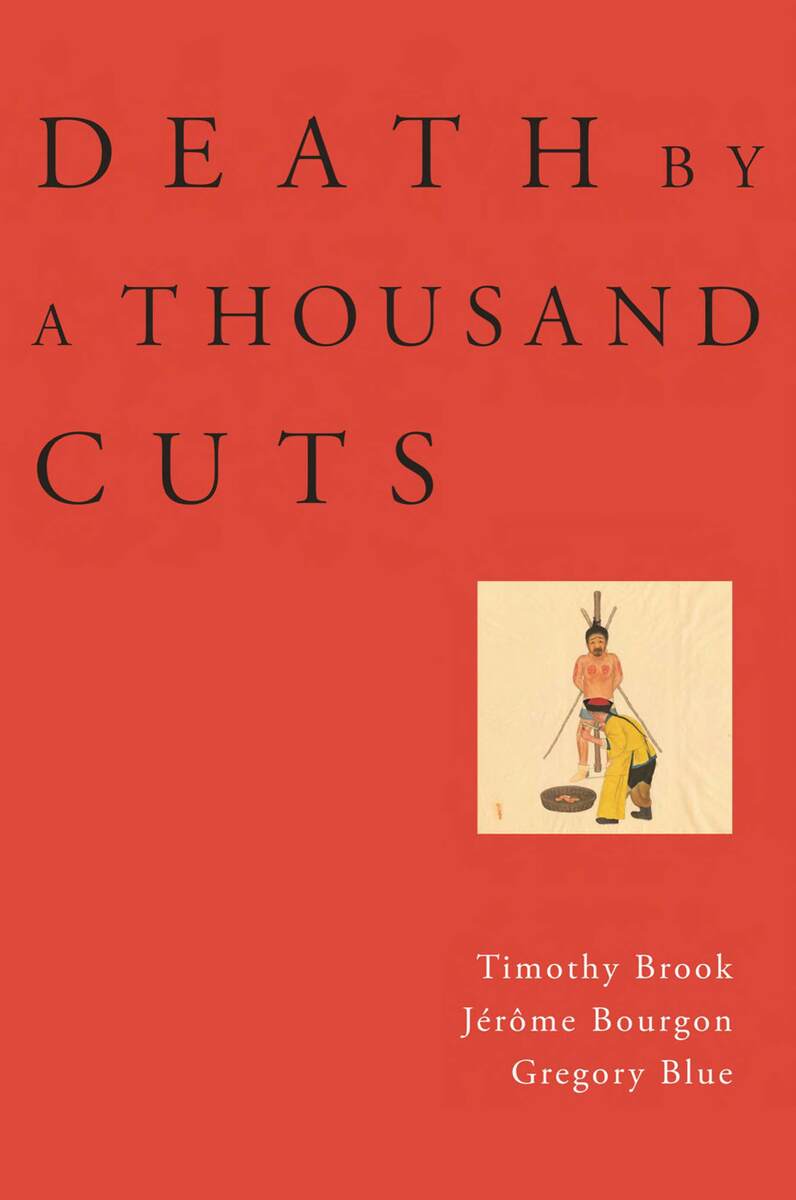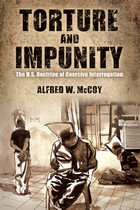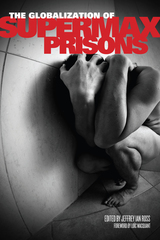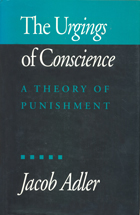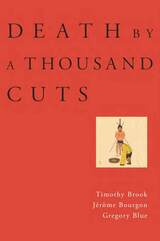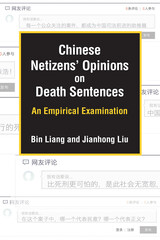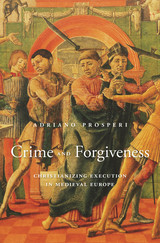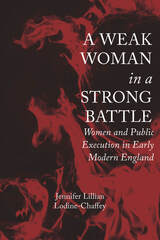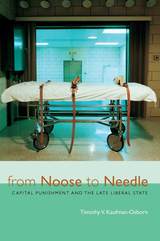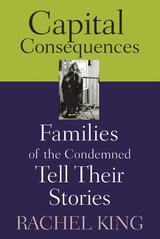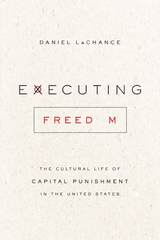An ambitious, important book that will stimulate wide reflection. The authors explore the most infamous of Chinese tortures, tracing the ways in which the concept of 'death by a thousand cuts' took on a life of its own in European discourse about China, as well as in China's discourse about itself. Not the least of the book's virtues is the way it dismantles hasty judgments and received ideas about Chinese culture, ideas that leak from past to present, from the judicial realm to other areas of human activity. Its interdisciplinary reach and the brio with which it is carried out are remarkable.
-- Haun Saussy, author of Great Walls of Discourse and Other Adventures in Cultural China
This original and ambitious work reaches out to a wide audience. It aims to explain the general position of 'torture' in the Chinese legal system and the specific roles of the extreme punishment known as lingchi, 'death by slicing,' in Chinese political practice. The authors draw on an impressive range of materials as well as an unusual variety of visual images to situate the practice of lingchi in Chinese history, world history, and Western imaginations. The book is revelatory on Georges Bataille's uncertain role in his famous work presenting Chinese death by slicing amidst European practices. The reconstruction of the history of the lingchi practice itself is nuanced and judicious.
-- R. Bin Wong, author of China Transformed: Historical Change and the Limits of European Experience
In 1904, a French photographer documented the Chinese practice of lingchi, a form of execution that involved slicing off limbs and pieces of flesh. Europeans recoiled from what appeared to be a gruesome, lingering death, citing it as evidence of a uniquely Oriental ruthlessness. This fascinating study argues, however, that lingchi was not entirely about physical suffering--the victim was typically sedated with opium, and killed early in the process--but about a "loss of somatic integrity," the posthumous shame of having been reduced to body parts. Crimes that merited lingchi ranged from killing a paternal grandparent to, in at least one case, cheating on taxes. Throughout, the authors do their best to downplay the exoticism of their subject, pointing to such Western practices as drawing (disembowelling) and quartering (dismembering): "It is hard to see much distinction in degrees of cruelty."
-- New Yorker
I highly recommend Death by a Thousand Cuts as a book that offers a broad introduction to a history and a culture by concentrating on a single subject.
-- Steve Noyes Vancouver Sun
The authors present a nuanced picture of state-imposed execution and, without at any time condoning, succeed in their goal of contextualizing lingchi in relation to Western forms of punishment, noting the availability of the death penalty for a variety of relatively trivial offences in 18th-century England, as well as the appalling conditions that prevailed on prison ships that sailed from England to Australia...At a time when the debate about what constitutes acceptable forms of physical punishment, as well as the thorny question of a divergence between Western and Asian concepts of human rights, is so prevalent, this challenging and important work will appeal not solely to Sinologists, but to legal historians and students of visual representation.
-- Julian Ward Times Higher Education Supplement
[This book is] a rude awakening to jolt us from the overused numbness and put us face to face with the origin of the phrase, the torture of lingchi. Because history has been sanitized by countless retellings of television drama and simplified texts, the practice of torture is often misunderstood, even by those of us who thought we knew such things. In this notable book, the authors delve into historical archives to produce documents, photos and analyses that are more nuanced than a Hong Kong movie of torture fest, such as the legendary Chinese Torture Chamber Story. Approached by a Western perspective, the authors debunk the traditional Western notion that ruthless executions were rooted in the Chinese culture. Yet, the details they use are not for the faint of heart.
-- Raymond Zhou China Daily
Foucault's work explicitly informs Death by a Thousand Cuts but the purpose of this new book is different from that of the French philosopher. This fascinating and necessarily appalling study describes how photographs of the executed man were circulated by French soldiers and other westerners in the imperial capital and the images added to others of "oriental despotism." Be warned: this is a close reading of lingchi and its significance, which means it contains plenty of toe-curling descriptions of slicing flesh and gougings. Not for the faint-hearted, it offers an engaging insight into the way China's highest legal punishment came to feed into western notions of imperial China as a cruel society.
-- Clifford Coonan South China Post
This is a learned and educational book.
-- Jonathan Mirsky Literary Review
This elegant and innovatively transnational book is intent on restoring lingchi to the legal, moral, and political context in which it made some kind of sense--this is a history of violence that refuses to take the place of pain and violence in human life as timeless...With judicious analysis, imaginative reconstructions from difficult and sparse sources, and a compelling sense of injustice driving it all, the book is gripping.
-- Priya Satia Times Literary Supplement
